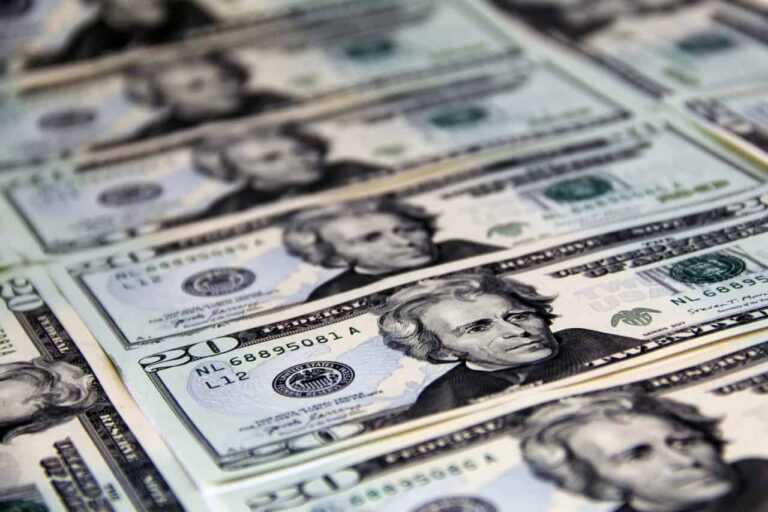There is a case where the economy finds itself in a stalemate. It is called a liquidity trap and occurs when economic agents, conditioned by negative future expectations and low interest rates, decide to hold money instead of investing it.
When the trap is triggered, monetary policy – having exhausted the conventional instruments at its disposal – exhausts its ability to influence the economy. But let us see, in more detail, what are the mechanisms that govern this scenario.
Table of Contents
Keynes and liquidity
The mechanism of the liquidity trap was first exposed by John Maynard Keynes, in one of the most influential essays in the history of economics: ‘General Theory of Employment, Interest and Money’.
In chapter 15, entitled ‘The Psychological and Commercial Incentives to Liquidity’ Keynes defines the theory of ‘liquidity preference’, which underlies the trap. And which involves not only economic but also psychological factors.
How does the liquidity trap work?
Under normal conditions, Central Banks reduce rates to stimulate demand for money, with the aim of boosting lending and investment. In essence, low rates are ideally a support for financial activity and – as a cascade – for the real economy.
However, when rates fall below a critical level (close to zero), businesses and households, according to Keynes, prefer to hoard liquidity rather than invest.
This happens because economic agents expect a future rise in rates. They therefore wait to buy more profitable newly issued securities and hope to avoid capital losses. This is because when rates rise, the credit in the portfolio loses value. And this is where the trap is triggered.
When the trap is triggered
The trap occurs when the ‘liquidity preference’ is accompanied by weak future expectations and reduced central banks’ capacity to intervene.
If rates are close to or at zero and the demand for goods and services remains low, it means that monetary policy no longer has conventional tools to make an impact. In other words, the chain that should link falling rates to rising investment, output and prices, breaks.
The ‘rational’ financial stagnation (expect higher future rates), combined with the psychological factor (future expectations are weak) lead to the most classic vicious circle.
By holding back liquidity, one actively participates in the feared economic slowdown. A kind of ‘self-fulfilling prophecy’.
How to get out of the trap
We are currently in a period of rising rates. One could call it, more accurately, a ‘normalisation’ phase, after years of extremely expansive monetary policy.
For years, in fact, until the pandemic and the return of inflation, Europe found itself in a trap scenario. Zero rates, mild price increases and weak growth.
In essence, the conventional instruments were no longer sufficient. So much so that the ECB – but also the Fed on the other side of the Atlantic – launched a broader quantitative easing programme.
Read also: ECB raises interest rates by 0.50 points: how far will they go up?












